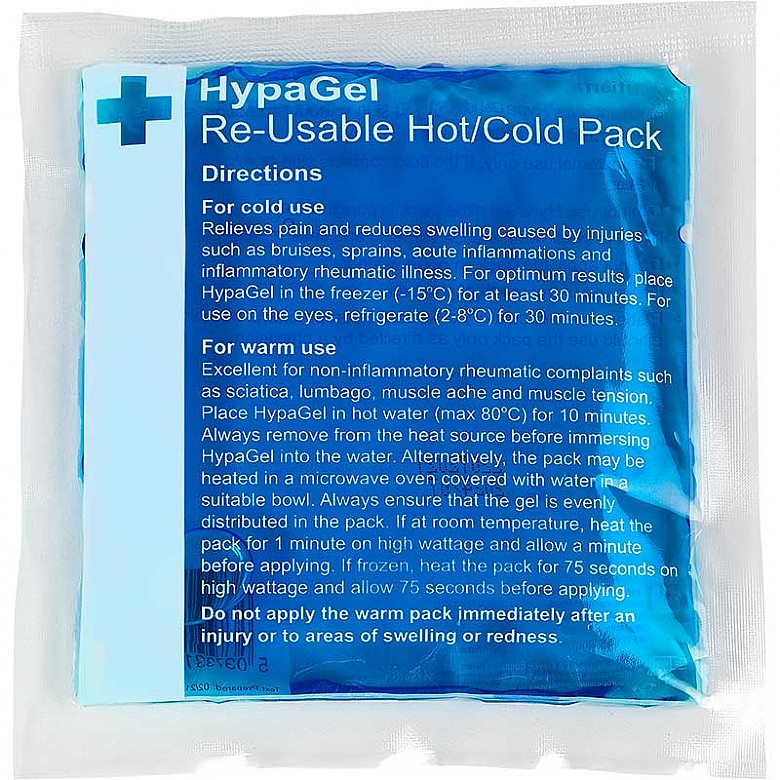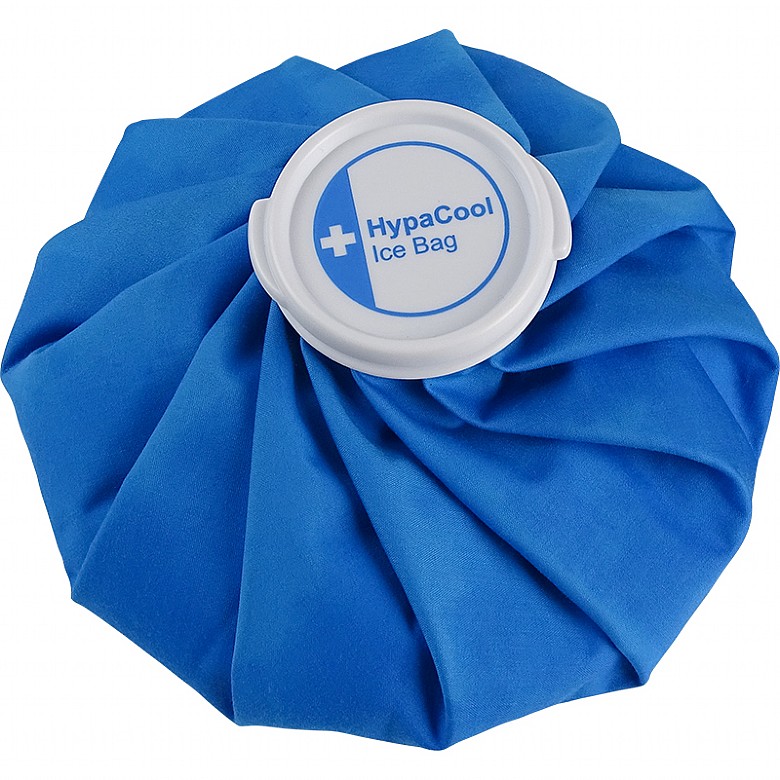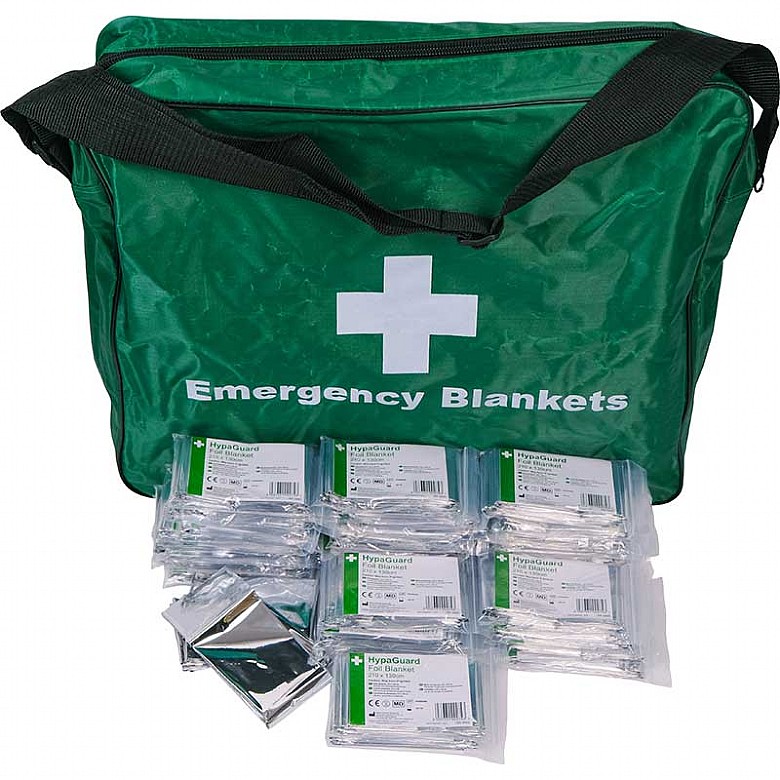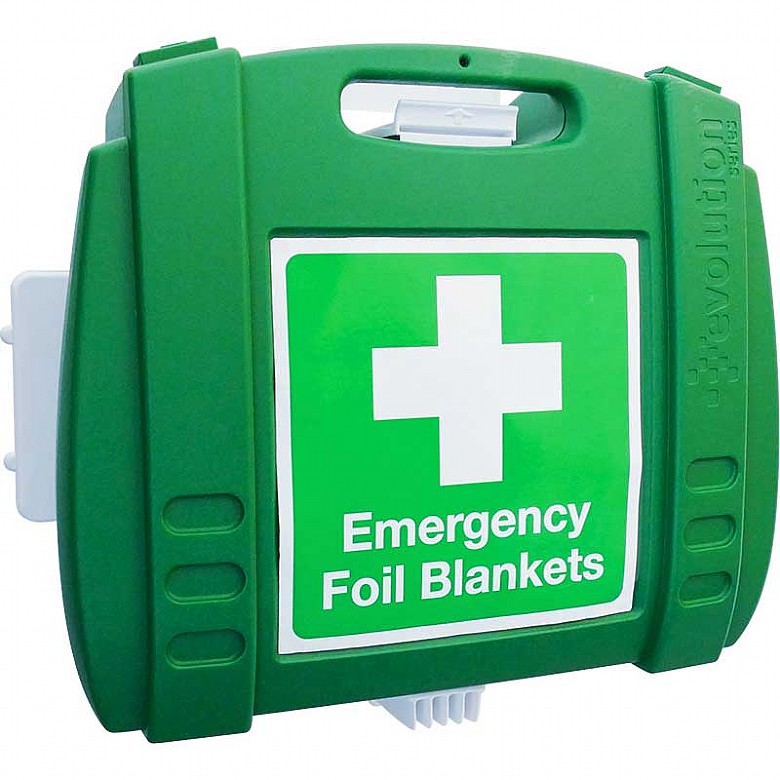
Winter weather conditions make it difficult or dangerous to get from point A to B, whether walking, cycling or driving. Ice, snow and reduced outdoor visibility cause the risk of slips, trips and falls to rise drastically — taking the proper precautions reduces your risk of being injured.
Why do slips, trips and falls increase in winter?
There are a number of factors that lead to the increase in slip and trip accidents during winter months:- Shorter days means less daylight and reduced visibility
- Cold weather can cause a build-up of slippery ice and snow
- Fallen leaves easily become wet and slippery after rain or snow
Safety tips to avoid winter slips, trips and falls
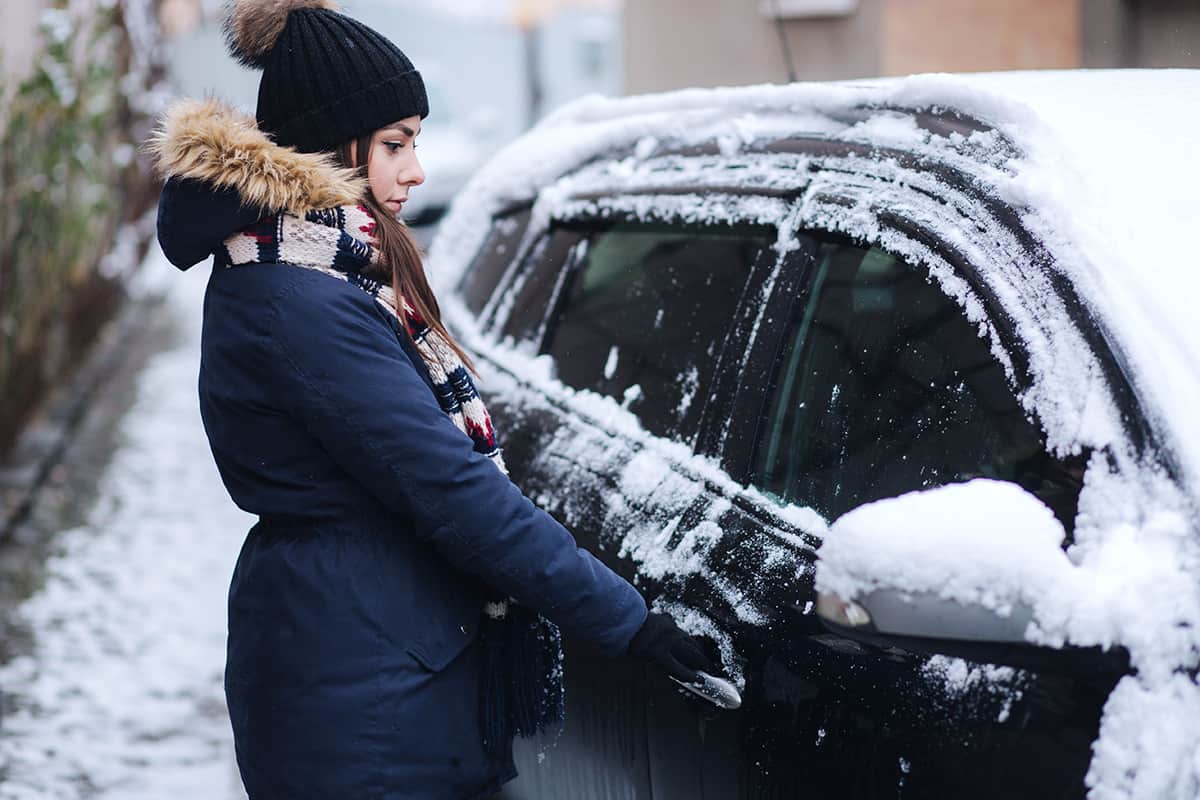
1. Be careful when entering or exiting vehicles
Choose a parking spot in a clear area and pay attention to your surroundings as you get in or out of your vehicle. Use caution as you shift your weight and hold onto the car for support. Avoid putting your hands in your pockets as your arms will help to keep you balanced.2. Scan the path ahead of you to spot hazards
Walk carefully and look six or more feet ahead of you to spot any hazards on your path like fallen branches, piles of snow or rocks.3. Keep an eye out for black ice
Watch for ground that may be slippery and test it with one leg firmly grounded to see if it’s safe to walk on.4. Avoid carrying items that are heavy or that make it difficult to see ahead of you
Whether you’re carrying one big item or several smaller ones, ask for help to avoid injury. Always take multiple trips when appropriate so your vision is never obscured.5. Walk slowly and with small steps
Lean slightly forward and take short steps, ensuring your centre of gravity is directly above your feet as much as possible. Make sure your footing is secure with each step before taking the next one.6. Wear appropriate footwear
Shoes or boots with rubber or neoprene soles provide better traction than those with plastic or leather soles. Try to avoid heels, opting instead for flat shoes. In extreme weather, use boots with cleats or abrasive soles designed for ice and snow.7. Plan ahead and allow yourself enough travel time
Heavy snow affects roads and footpaths, and traffic moves more slowly in dangerous conditions. Plan your route and allow yourself enough time to get to your destination safely.8. If you do slip, avoid using your arms to break your fall
If you can’t avoid falling, try not to stretch out your arms to brace yourself — relax your body and aim to fall on fleshy areas like your thighs or buttocks. Bend your head forward to avoid hitting it on the ground and try to roll as you hit the ground to spread the impact.First aid treatment for slips and falls
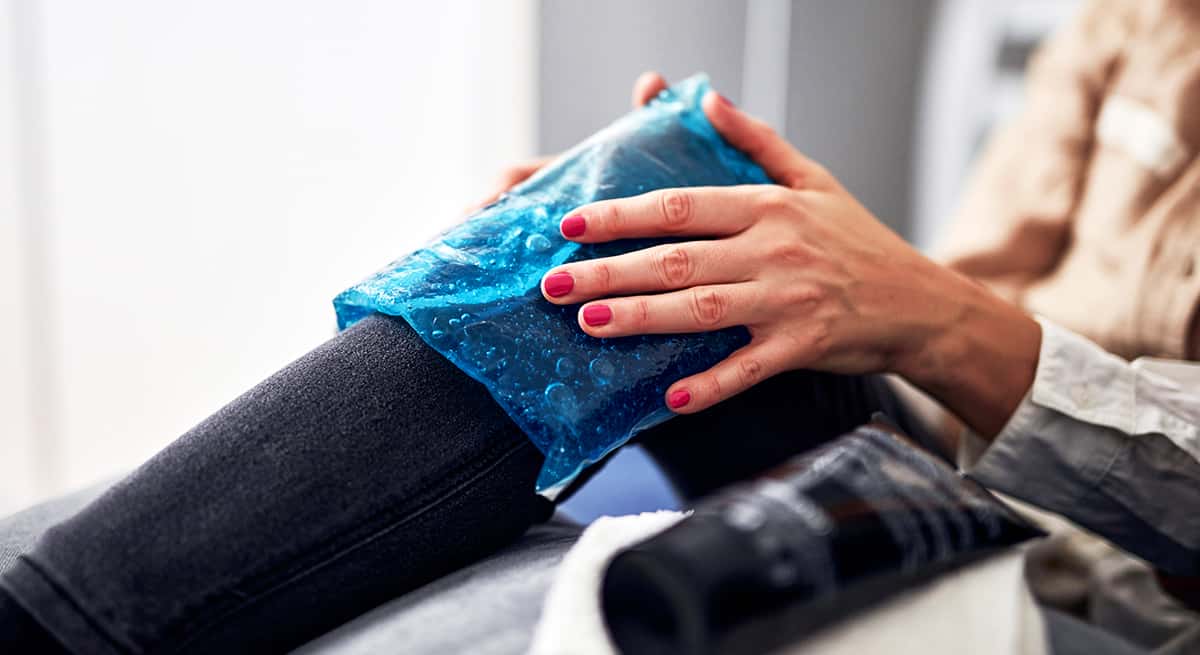
Sprains and strains
If someone slips and falls, they could sprain their wrists or ankles or damage a muscle. Sprains and strains are painful and can cause bruising or swelling.Take the following steps to help an injured person:
- Encourage the injured person to rest.
- Apply an ice pack or instant cold pack to the injury for up to 15 minutes to reduce pain and swelling. Read out blog for more information on cold therapy.
- If the injury shows no signs of improving, seek medical advice.
Broken bones
If someone slips and falls in the wrong way, this can result in a broken bone. A broken bone causes pain and sometimes visible bruising or swelling, and the injured person may have difficulty moving the affected limb.If you suspect someone has fallen and broken a bone, take the following steps:
- Support the injured area with a cushion or sling to avoid unnecessary movement
- Contact emergency medical services
- Support the injury until help arrives
Keep your first aid kit fully stocked this winter
A fully stocked first aid kit at home, in your vehicle or in the workplace helps to ensure you’re ready to treat injuries as they occur. Check our blog to find out what basic contents you need for a compliant and effective first aid kit.
Read our other blogs for more information on first aid or contact us for further advice and information on our products.
About the author:
Jo Stokes is a writer, marketer and trained first aider at First Aid Online.
Find out more about Jo.
By Jo Stokes


